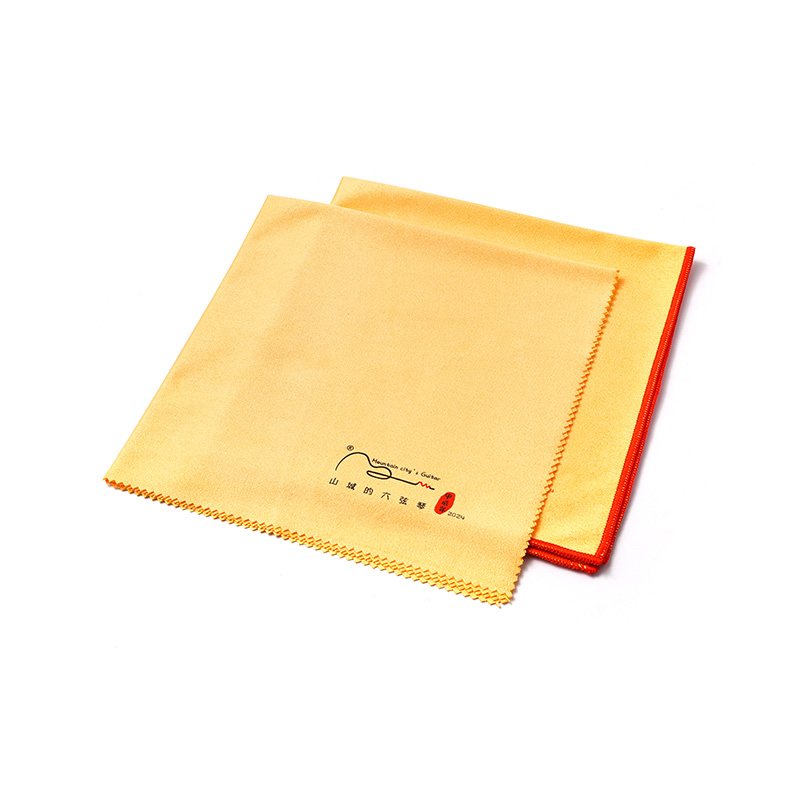Types of Instrument Cloths
There are several types of instrument cloths available, each designed for specific cleaning tasks. The most common types include microfiber cloths, cotton-based cloths, and specialized wipes. Each material offers unique advantages depending on the instruments being cleaned.
Microfiber Cloths:
Microfiber is one of the most popular materials for instrument cloths due to its fine fibers that trap dust, dirt, and oils. Microfiber cloths are highly absorbent, lint-free, and resistant to abrasion, making them perfect for cleaning delicate surfaces such as lenses, glass, and polished metal. They are widely used in medical, laboratory, and optical applications.
Cotton Cloths:
Cotton-based instrument cloths are softer and gentler than microfiber, making them suitable for cleaning sensitive equipment. These cloths are ideal for wiping down instruments that require a mild cleaning agent or when working with materials that can be easily scratched.
Antibacterial Cloths:
Some instrument cloths are treated with antimicrobial agents to reduce the growth of bacteria. These cloths are commonly used in environments like hospitals and laboratories, where sterility is essential. They help prevent contamination while cleaning.

Factors to Consider When Choosing Instrument Cloths
Material Compatibility:
When selecting an instrument cloth, the material compatibility with the equipment being cleaned should be the primary concern. For example, a microfiber cloth may be ideal for cleaning optical lenses, while a cotton cloth might be better suited for surgical tools. It’s important to avoid using cloths that could potentially leave fibers or cause scratching.
Absorbency and Durability:
Instrument cloths must be able to absorb oils, dirt, and moisture effectively without losing their cleaning power. Microfiber cloths typically have high absorbency rates, while cotton cloths are often chosen for their gentle touch. Durability is another important factor to consider—cloths that lose their shape or cleaning capabilities after several uses may not be cost-effective in the long run.
Size and Shape:
Instrument cloths come in various sizes to accommodate different cleaning tasks. Larger cloths are ideal for cleaning larger surfaces or multiple instruments at once, while smaller cloths are better suited for intricate tasks such as cleaning optical lenses or electronic parts. Choose a size that will allow you to work efficiently without excess cloth that could lead to contamination or wastage.
Cleaning and Maintenance:
To ensure that instrument cloths continue to perform effectively, it’s essential to follow proper care and maintenance guidelines. Most instrument cloths can be machine-washed and reused multiple times. However, be sure to use gentle detergents and avoid fabric softeners, as these can degrade the fibers and reduce the cleaning effectiveness. Additionally, air-drying is recommended to maintain the integrity of the cloths.
Best Practices for Using Instrument Cloths
Use for Specific Purposes:
Always use the cloth designated for cleaning a particular type of instrument. For example, never use a cloth that was used for cleaning an optical lens to clean a surgical tool, as cross-contamination could compromise the sterility or function of the instruments.
Regular Cleaning of Cloths:
Regularly clean your instrument cloths to remove accumulated dirt and oils that could interfere with their cleaning performance. Avoid reusing cloths that have become soiled or have picked up residues from other cleaning tasks.
Store Cloths Properly:
Store instrument cloths in a clean, dry area when not in use. Avoid leaving them exposed to dust or contaminants that could be transferred to the instruments during the next cleaning session.
 English
English 日本語
日本語











